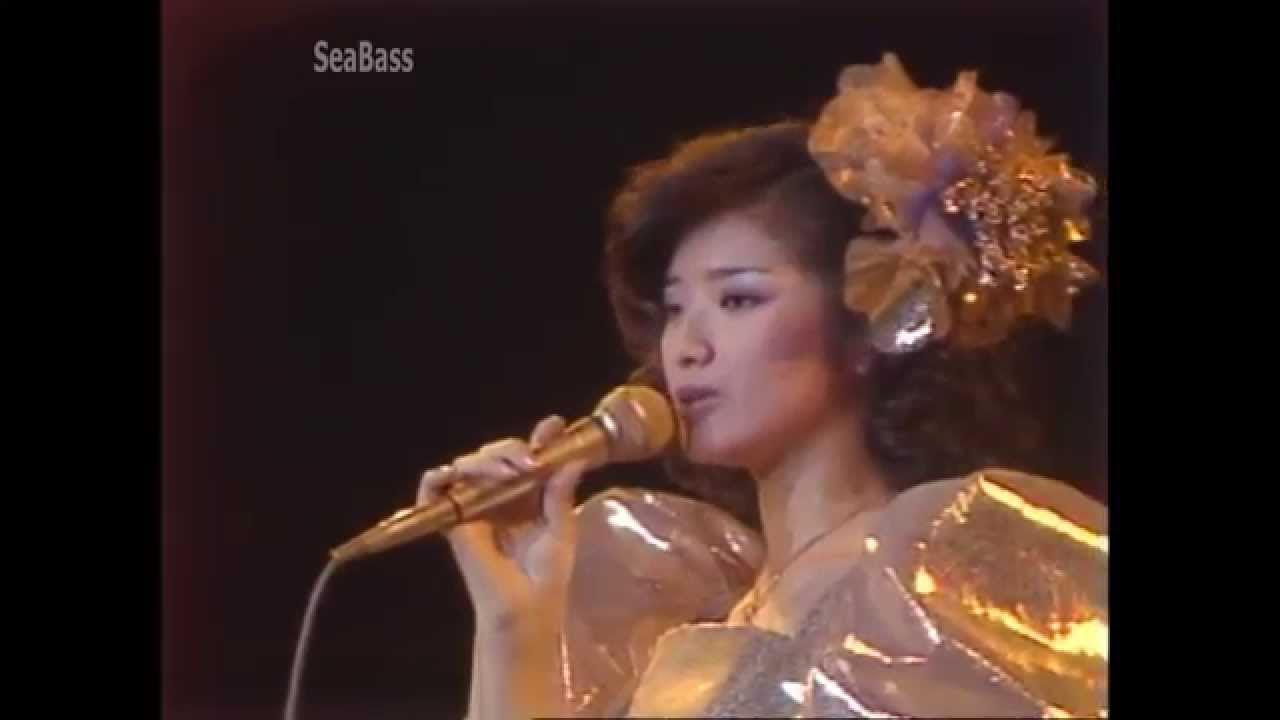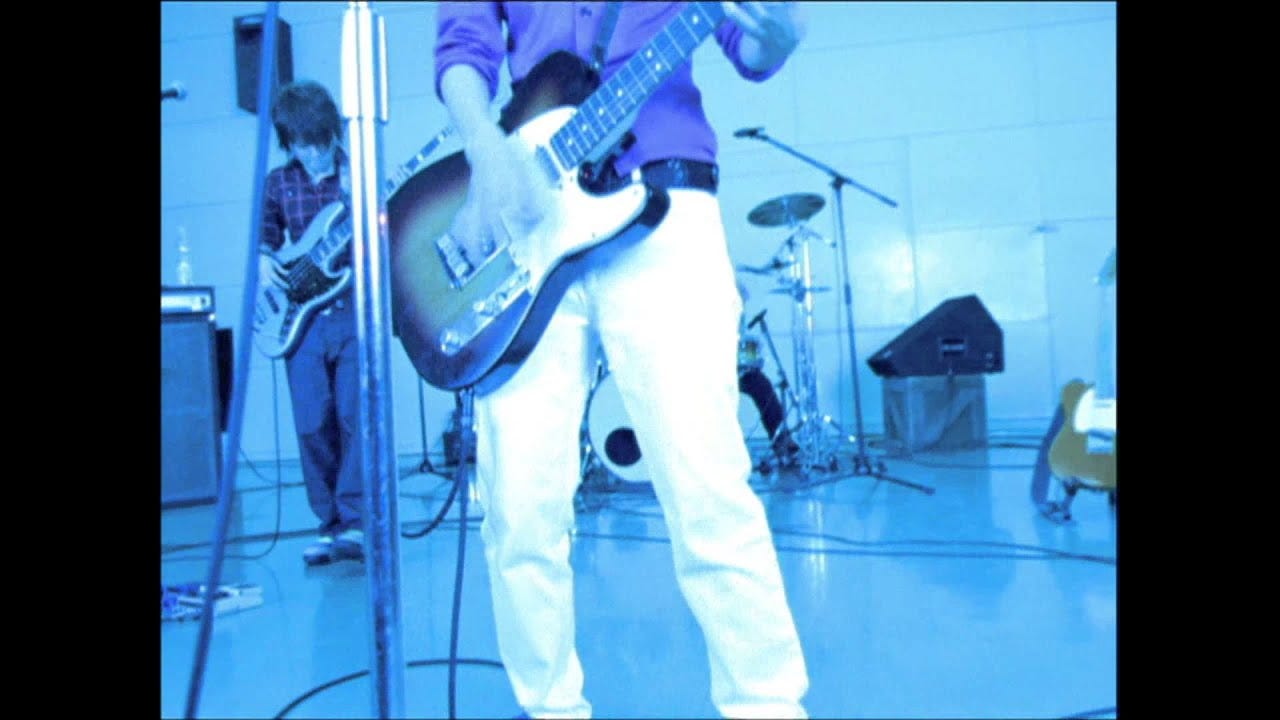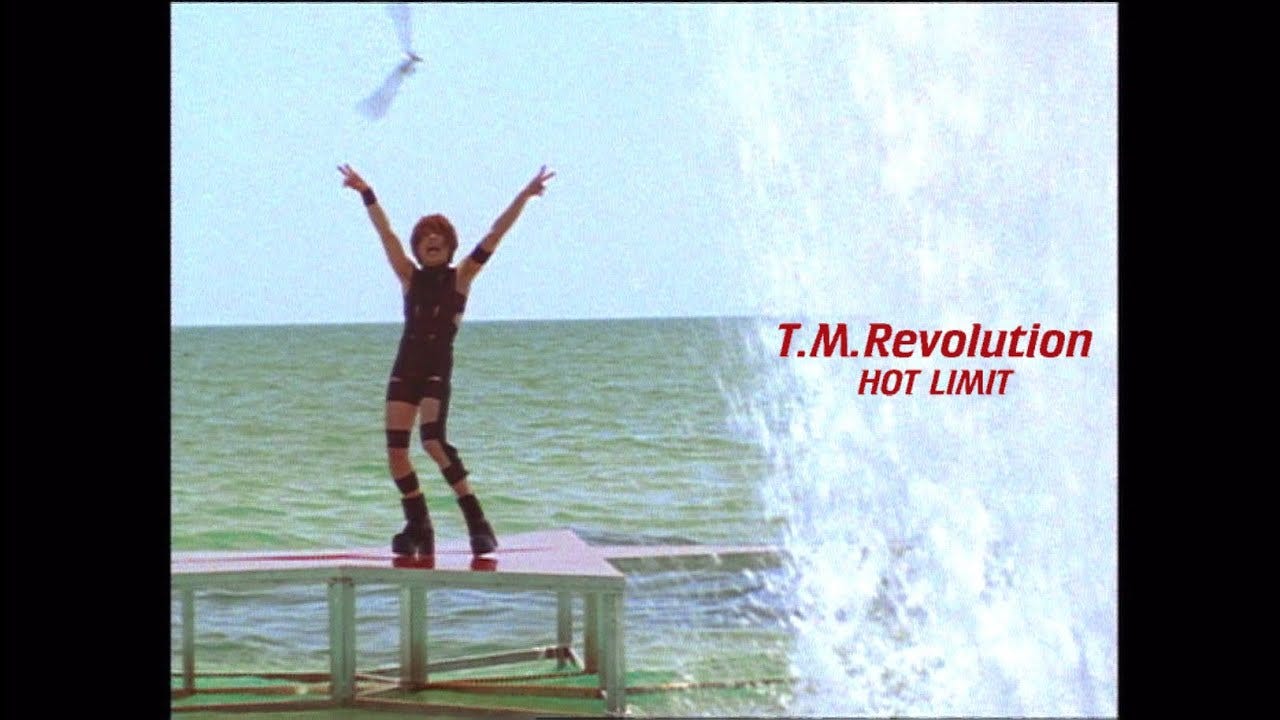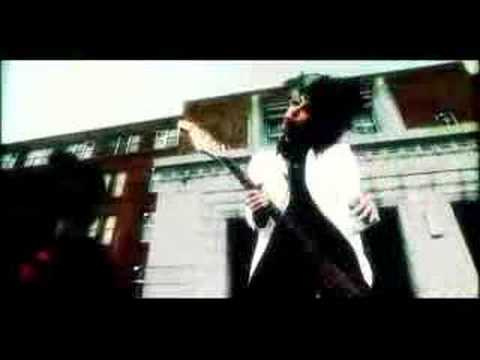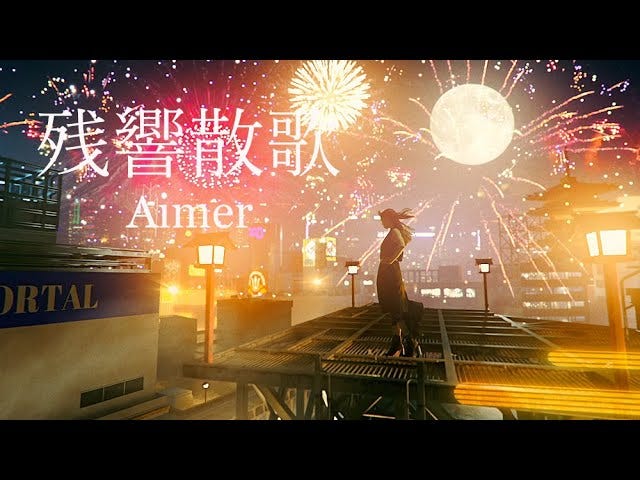Timeless Japanese Music Videos That Stay in Our Hearts
Hello! This is KAON.
I'm here to share Japanese music with passion and clarity.
From Showa to Heisei to Reiwa—those unforgettable moments when music felt even more alive through video.
If you love music, you probably have at least one music video you’ll never forget. Watching an MV often deepens your connection to a song, gives you a new impression, or takes you back to a specific moment in your life.
For me, music videos aren’t just promotional clips. They’re visual landscapes of the music itself—capturing the colors, atmosphere, and even the temperature of the song in a way that audio alone never could.
Today, I’d like to share some Japanese MVs that left a lasting impression on me, looking back through the eras: Showa, Heisei, and Reiwa.
Being born in the Heisei era, I have a special emotional attachment to the MVs from that time.
The feelings I had back when I was playing in a band, the air of that era... I’m sure some of these will overlap with your memories too.
Showa Era: Powerful Presence and an Iconic Final Scene
Momoe Yamaguchi – Playback Part 2 (1978)
When it comes to Showa-era music videos, this one by Momoe Yamaguchi is legendary.
At a time when most music videos were either drama-based or featured flashy effects, this video stood out by doing the opposite:
It captivated viewers through the sheer presence of the artist herself.
Just standing tall on stage, singing with a dignified expression—
Even watching through a TV screen, you could feel the air tighten with tension.
And of course, the most talked-about moment: the final "mic drop" scene.
When she quietly places the microphone down on stage and turns away...
That single cut became one of the most iconic moments in Japanese music history, marking the end of Momoe Yamaguchi's career as a singer.
Even for someone like me, who wasn’t alive during that time,
Just watching the footage makes me sit up straighter.
It’s one of those MVs that makes you instinctively think:
"This is what it means to be a star."
Heisei Era: The Raw Emotion of a Band in Motion
Chatmonchy – Koi no Kemuri (2006)
There’s something incredibly real and powerful about seeing a band genuinely playing their instruments.
No big live stage, no fancy set—just a simple studio and the band giving it their all.
The use of light and shadow is clever:
The intro is soft and muted in color, but when the chorus hits, light floods the room.
The contrast feels like the emotional waves of the song itself.
This was the first time I felt:
"Music can expand so much when paired with visuals."
Heisei Era: Impact and Impressive Scale
T.M.Revolution – HOT LIMIT (1998)
You’ve probably seen this one at least once!
With Takanori Nishikawa wearing that unforgettable outfit and singing and dancing above the ocean, the impact was huge.
Even today, whenever there’s a typhoon, people still joke by mimicking his wind-blown poses from the MV.
The upbeat summer vibe of the song and the dramatic overseas shoot made this MV truly spectacular.
Heisei Era: Dark Beauty and Visual Elegance
SID – Alibi (2008)
True to their Visual Kei style, the members of SID appear in full makeup, looking stunning.
But it’s not just "cool"—there’s a dreamlike, almost decadent beauty to it.
The entire video feels like a work of art.
The song itself has a stylish, sophisticated mood, and the MV matches it perfectly.
Deep reds, blues, blacks, golds… the color palette is rich and dramatic, creating a visual world you’ll want to get lost in.
This might be what people mean by "visual addiction."
Reiwa Era: The Visual Power of Anime x Music
Aimer – Zankyosanka (2021)
This track became famous as the opening theme for the anime Demon Slayer: Kimetsu no Yaiba.
With its fast-paced tempo, Japanese traditional elements, and striking colors—
The synchronization between music and visuals is simply incredible.
The flashing colors and rapidly shifting camera angles capture the energy of our current era.
Each second feels like a snapshot, pulling you in without pause.
The Evolving "Soundscapes" Across Eras
The warmth of Showa, the glow of Heisei, the sharp edge of Reiwa.
Each era has its way of blending music and visuals,
And all of them are deeply etched into different chapters of my life.
Music videos have this strange power:
They bring back not just the music, but also your emotions and the atmosphere of that time.
MVs are works of art in their own right.
They amplify the beauty of both the artist and the song.
And I hope I’ll keep discovering more unforgettable MVs like these in the future.
I’d love to hear about your favorite music videos too, so feel free to share them in the comments!
Thank you so much for reading until the end!




